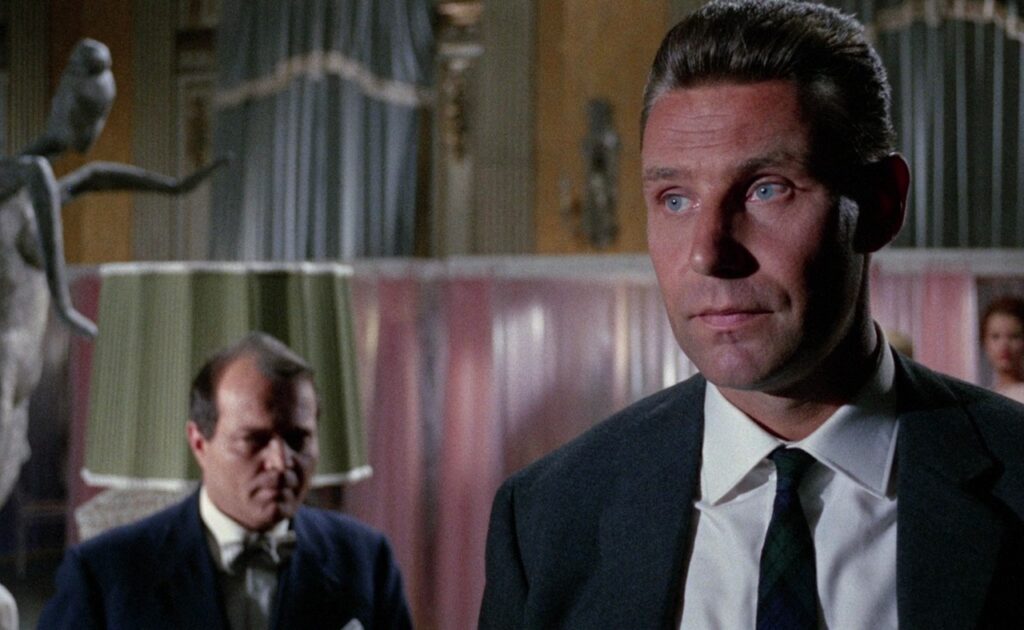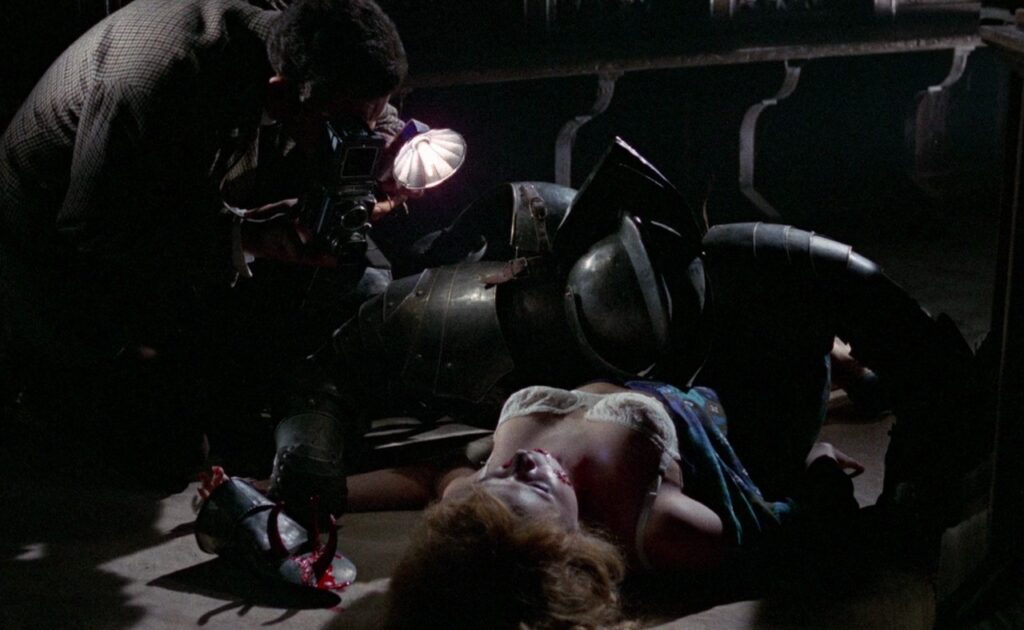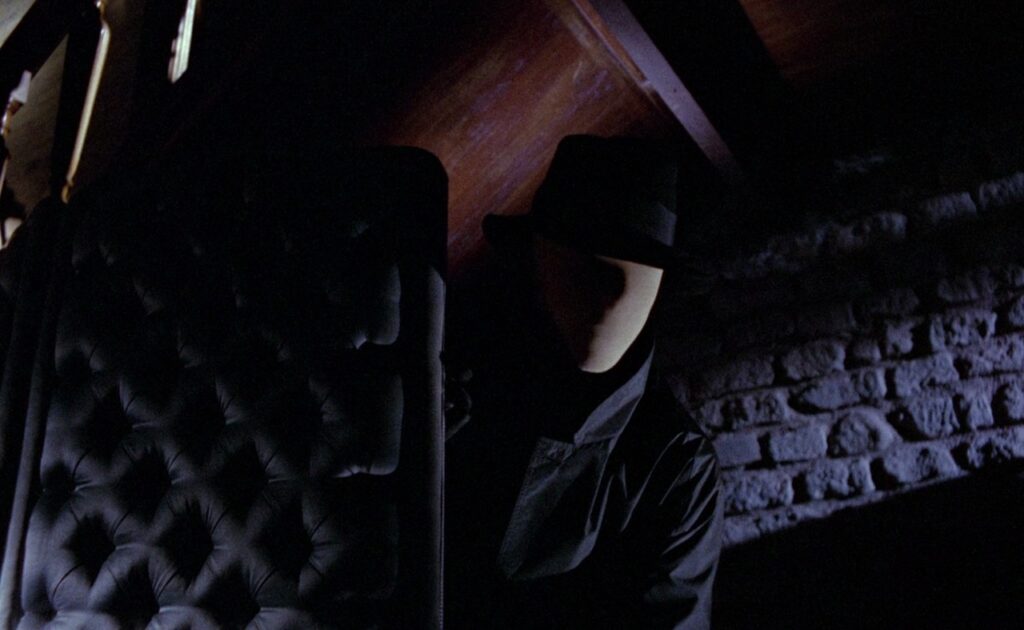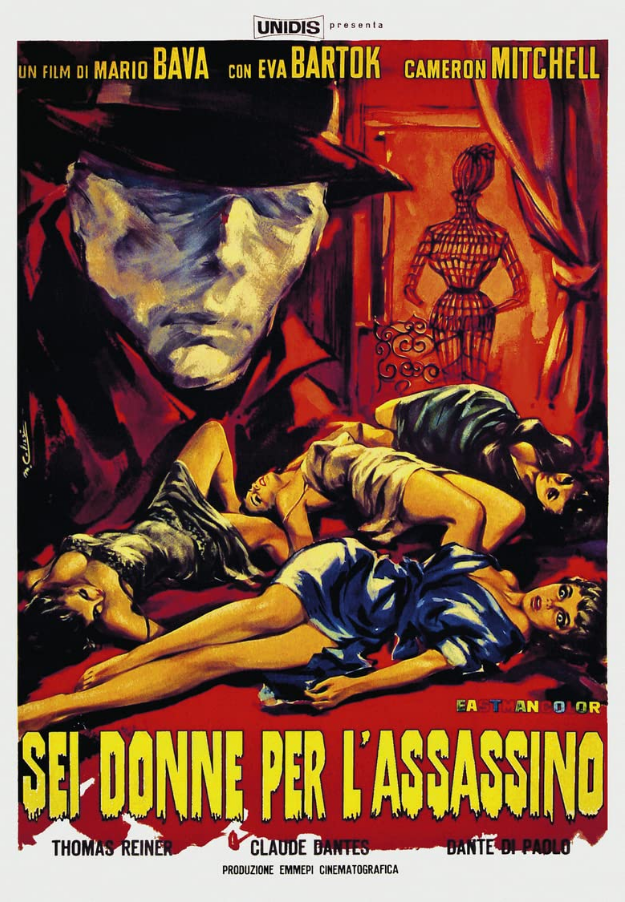Fashion models, brutal murders, exquisite colors, elaborate set pieces, and a rhythmic score. These are the elements that are brought to life in what is a stunner of a giallo, and so the viewing experience is nothing short of engrossing.

There’s no denying that Bava is at his peak here. He relies on simple methods, such as tracking shots between fitting rooms, to focus on the characters’ interactions. It’s sneaky because you feel as though you are invading their privacy, but at the same time, Bava is attentive to what is on the minds of the models. It’s a simple but effective way of establishing that they are more than just fodder for the killer, and although Bava could’ve taken that approach, it is to hard to imagine that he would’ve been satisfied with it. He is much more interested in emphasizing the characters’ sense of familiarity regarding their state of affairs for the purpose of counterbalancing such by way of the killer’s presence. That isn’t to say that Bava intends for the viewer to develop a connection with the models of the utmost degree, but because there are moments in which the victims attempt to get the upper hand on the killer, they don’t come off as faceless. To an extent, they come off as resistant, which is a trait that, while it doesn’t work in their favor, it’s a detail that stands out because it indicates that there is more to them than just their beauty so, in a way, it serves as the inspiration for the final girl trope.

Isabella’s diary is an item of interest because not only is it the way in which her vices are made known, but also because it is sought after by the killer. In both respects, the fact that the diary is treated as focal point gives off the impression that its contents are just as shocking as the murders themselves, and so the amount of sordidness is such that the models’ and, to a lesser extent, Inspector Sylvester’s perception of the boarding house indicates that all is not what it seems. With that in mind, the mystery benefits from being intricate, but it isn’t so intricate that it causes confusion. It’s a fine line that Bava balances as he sheds light on scandal as well as obsession.

This is quite an achievement. Nothing feels wasted nor does the plot feel thrown together. Do yourself a service and seek it out because you won’t forget it.





No comments! Be the first commenter?